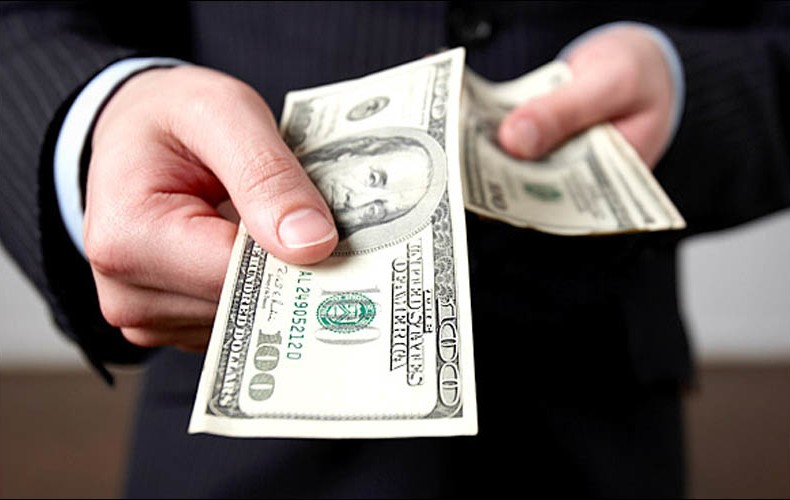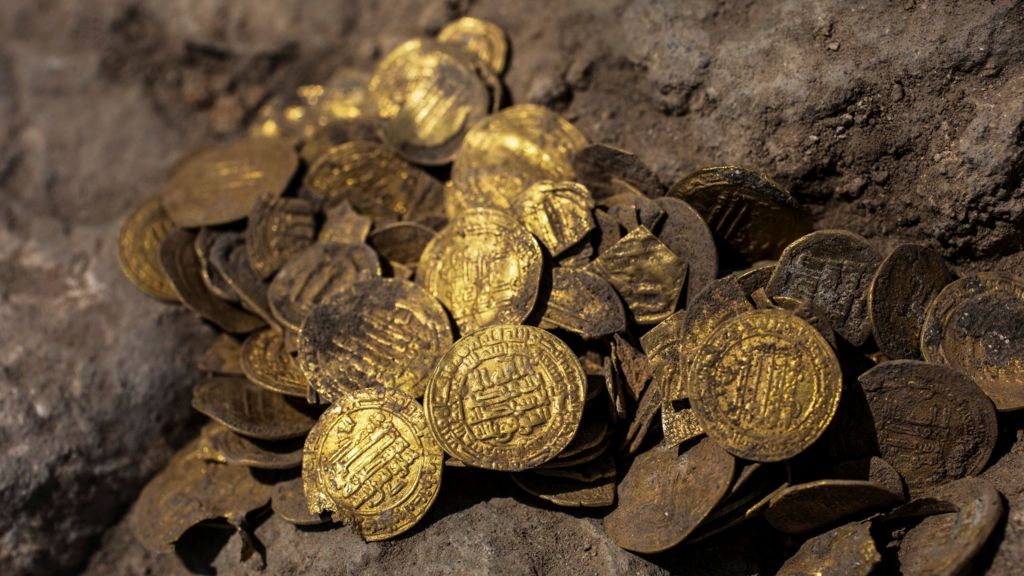These days, we take the making and collection of payments for granted. Modern payments can be made electronically in seconds without any money physically changing hands. That has made financial transactions possible at almost any time and virtually any place.
Today’s lack of reliance on physical cash harks back to a time before money even existed, when people utilised other forms of payment to perform transactions. In this guide, we’re going to take a trip back through time to explore the history of payments and the creation of the modern payment options we use today.

The history of money
The first examples of physical money can be seen around 1100 BC, when the Chinese moved from the bartering system to using miniature replicas of tools cast in bronze. These tools, such as tiny spades, daggers and hoes, could be painful when people reached into their pockets, so over time, they were abandoned for the less hazardous shape of a circle.
Coins were first minted in the ancient civilisation of Lydia in approximately 600 BC. They used electrum, an alloy of silver and gold, to make coins that were stamped with pictures of animals to create denominations. This currency helped Lydia increase internal and external trade and made it one of the richest empires in Asia.
In ancient China, leather was an alternative material that was used to create currency, with white deerskin used to make banknotes that could be up to one foot in size. The first paper money was created in China in around 550 BC, although in the early days, paper money went in and out of fashion due to trouble determining and maintaining its value.

In Europe, coins were used all the way up to 1600 AD, with precious metals from colonies used to make more and more cash. Eventually, bank notes were created and could be exchanged at banks for their face value in silver or gold coins. In 1816, England established gold as its standard value. That meant that the value of any currency was set by establishing its worth in gold. This method was adopted across Europe and the US by the 1900s.

The barter system
Although the history of money dates back some 3,000 years, transactions had been taking place long before that. Before the arrival of money, a system of bartering, which is the direct trade of goods and services, had been used. Early man would barter goods they had in surplus for the things they lacked. Grain, cattle and weapons were popular goods to be traded, but even services such as assistance with hunting could also be bartered.
The trouble with the barter system was that there was no common measure of value for the items involved. That meant that deals would have to be negotiated at length until both parties agreed on the terms. The result was that doing any sort of business took time. Despite that, the barter system still survives in many countries around the world today.
History of payments and debt
For most of human history, money was not something that was carried around by people to buy things. In fact, money started out as a way of calculating credits and debts. Expense accounts, bar tabs and even compound interest rates date back to at least 3500 BC.
One of the most common debt instruments in ancient times was known as the ‘tally stick’. It was simply a piece of wood with notches cut into it to indicate money owed. It was then broken in half so the creditor and debtor had the same record of debt. The beauty of that system was that it was impossible to counterfeit as no two sticks ever broke in the same way.
Interest-bearing loans go all the way back to Mesopotamia, where they caused enormous problems. Poor farmers would often borrow money from officials and merchants. If they fell into arrears, their sheep or vines would be carried away. Eventually, even sons, daughters and wives would be taken as security for the loan. Faced with the breakdown of society, the kings of the time would periodically announce amnesties to return land to its original owners and individuals to their families.
In England in 1694, a consortium of London merchants lent money to King William II to pursue a war in France. In exchange, they were allowed to call themselves the ‘Bank of England’ and loan the money they were due to be repaid to the public in the form of banknotes. This loan has never been repaid, and if it were, the entire British currency system would cease to exist!
Modern payment methods
In 1946, a Brooklyn banker called John Biggins invented the Charg-It card, which was the first ever credit card. In the UK, the first credit card was issued by Barclays in 1966. This predated the debit card, which was not released until 1987. The Direct Debit system of payment collection was introduced in 1964, inspired by Unilever’s need to collect payments from ice cream vendors.
Since then, there have many been significant changes. Online payments, mobile payments and virtual currency have revolutionised the way we make payments today. It’s thought that Pizza Hut was one of the first companies to execute an online payment when it allowed people to order pizza on its website in 1994, while Coca-Cola takes the credit for the first mobile payment in 1997, when it allowed customers to pay for their drinks by sending text messages from their phones.
The latest innovation in payments is the introduction of virtual currencies. Bitcoin became the gold standard in virtual currencies when it was created in 2009. It completely removed the need for physical coinage and has brought us full circle to a time when cash payments could soon be a thing of the past.
Do business the right way
Despite payment methods changing dramatically over the years, money and the way you collect payments still has a very real impact on your business. At London & Zurich, our Direct Debit and card payment services allow you to manage the collections process simply and efficiently. To find out more, please get in touch with our team today.
